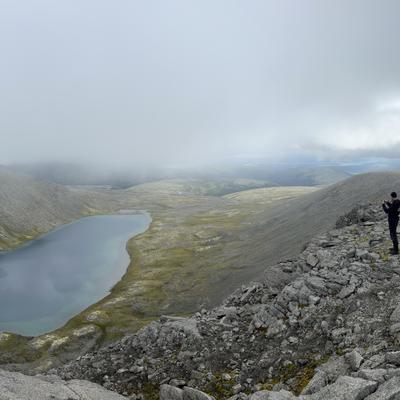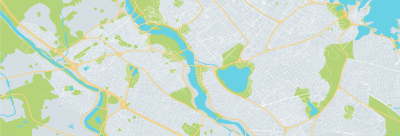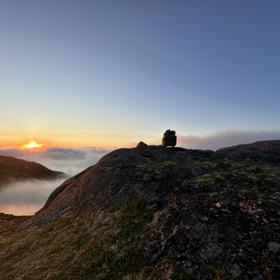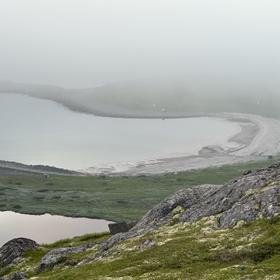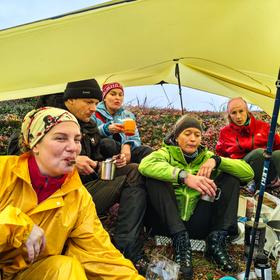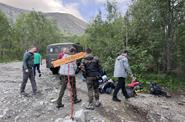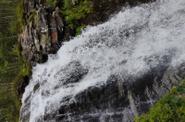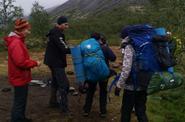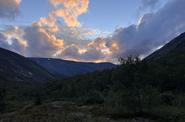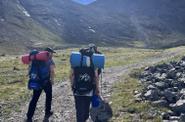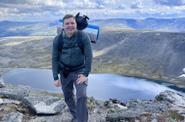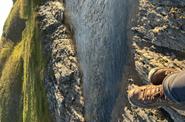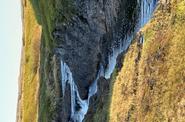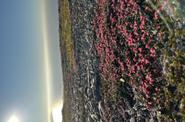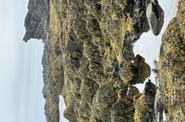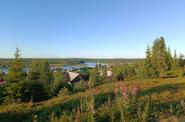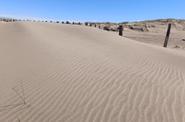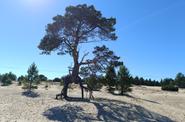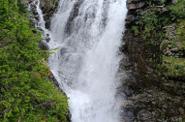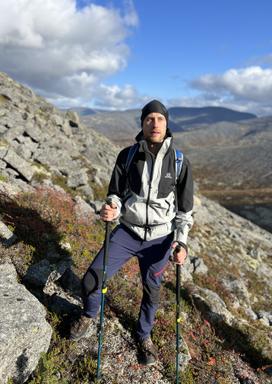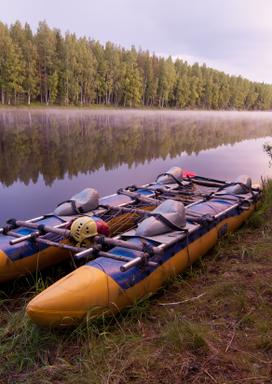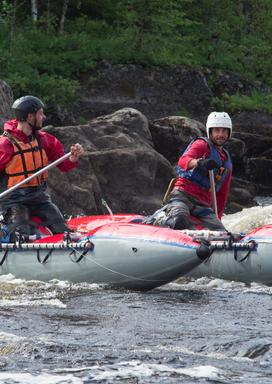The list is intended as a recommendation.
However, you should read it carefully and decide what to take with you. Properly selected equipment will give you confidence in your journey.
Our instructors have developed the most competent set of equipment for safety and comfort on the route.
Camping equipment:
- Trekking backpack (hiking) – with a volume of at least 80 liters.
- A cape on a backpack.
- Tracking sticks.
- A sleeping bag with a comfort temperature (average) from +1 to + 3 degrees.
- Sleeping mat (karemat).
- The tourist seat ("hoba").
- The trekking tent is double-layered (participants are distributed according to the capacity of the tent, the weight is divided among all) Example: If you have a personal double tent and you are ready to move in. At the same time, your tent weighs 3 kg – the participant being moved in carries either half the weight of the tent, or takes a group participant with a tent equal to half its weight, i.e. 1.5 kg.
- A set of personal tableware – mug, spoon, bowl, travel knife (small), thermos from 0.5 to 1 liter.
- A flask or a 1 liter water bottle.
- A headlamp! (for hikes that fall during the period of June – July, you do not need to take it, since on the Kola Peninsula it is the time of the Polar Day and White Nights).
Clothing and shoes:
- Trekking shoes (high-top boots) *shoes must be worn. It is not allowed to use shoes disguised as trekking shoes (such as "Boots").
- Trekking socks (2-3 pairs).
- Running trousers (quick-drying from dense material).
- Running jacket (membrane or windproof jacket).
- The base layer (running) is thin underwear.
- A spare base layer (including for sleeping) is underwear.
- T–shirt with long sleeves - 1 pc.
- Stock of underwear sets.
- Insulation layer (fleece jacket).
- The jacket is light and insulating (a powder puff or a sintepuha).
- Rubber slippers for camps and fords (crocs, sandals).
- Hat.
- The gloves are lightweight (ordinary work xb gloves will do).
- Buff to protect the neck.
- Sunglasses.
Optional:
- Gaiters (flashlights) on your feet to protect against dew and sand.
- Raincoat in the absence of a membrane jacket.
- A bathing suit.
* When choosing clothes for camping, try to choose fabrics that dry quickly and do not absorb moisture (synthetics, fleece, etc.).
Also, when carrying spare sets of clothes inside a backpack, care must be taken to keep them dry.
Namely, packaging in waterproof bags or cellophane bags (a rain cape from a backpack does not provide a 100% guarantee of waterproofness).
Other things needed for the hike:
- Personal hygiene products (shampoo, toothpaste, toothbrush).
- Tracking towel (small).
- Sunscreen (with a protection factor of 30).
- Hygienic lipstick.
- MINI-Personal first aid kit (in which you can put individual medicines, as well as a supply of Band-aids).
- Powerbank.
- a phone charging cable.
- Photo camera.
- Passport.
- Medical insurance policy.
- Cash for emergencies.
Important: You are responsible for the composition, safety and weight of your backpack yourself. It is important not to overload your portable weight, not to neglect the rules of packaging and protection from moisture.
Important: Depending on the duration and type of hike, the so-called weight of the group equipment (gas burners, gas, rain awning, etc.), as well as catering, is distributed among the participants. Usually this weight does not exceed 3.5 kg and the volume is not more than 20 liters of the backpack volume. It is important to keep this in mind when packing a backpack.


